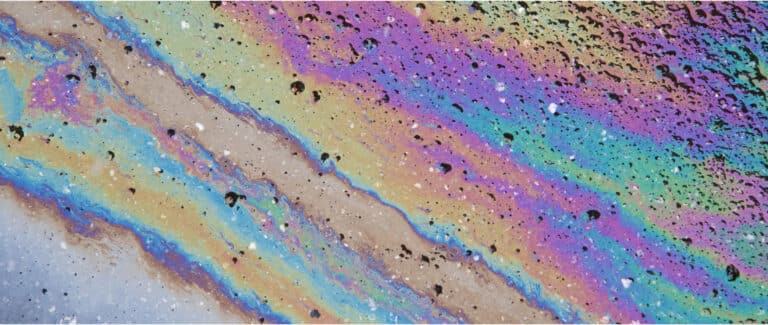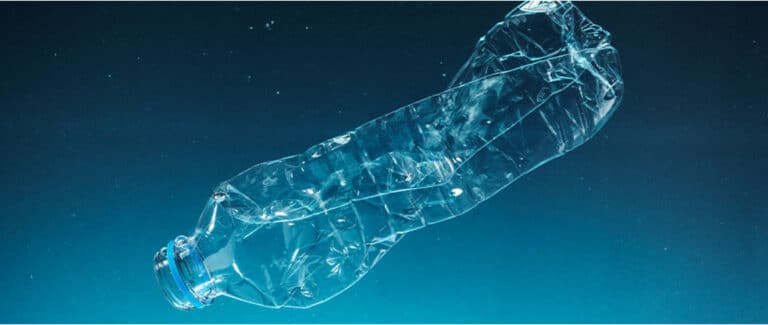Blog / Health / Water: what are the health risks?

Water: what are the health risks?
Water pollution has become one of the major concerns in our society and around the world. Drugs, pesticides…
What exactly are we swallowing when we drink a glass of water?
Human activities cause water pollution: rivers, of course, but also groundwater, brackish water or even rainwater, dew, snow and polar ice, all these environments are affected by the presence of microorganisms, chemical substances or industrial waste.
Polluted water
Where does it come from and what can be done to control it and reduce the threat it poses to us and our environment? What are the major sources of water pollution today?
The main sources of water pollution are industry (heavy metals, PCBs, etc.), agriculture (pesticides, nitrates from animal waste, etc.), households (cleaning and cosmetic products, hydrocarbons, etc.) and medicine (pharmaceutical residues).
In addition to this, there are also accidental spills of toxic products into the natural environment… The health effects of water pollution are now scientifically proven. Even at low doses, endocrine disrupters (drugs, pesticides, industrial waste) can alter reproduction and development.
Moreover, the issue of pharmaceuticals should not be isolated from that of other pollutants, and combined exposure to several endocrine disrupters (bisphenol A, phthalates, PCBs, pesticides) acting in synergy could have a significant impact on human health.
Finally, the impact of antibiotics on the proliferation of resistant bacteria is also suspected. Is global warming exacerbating water quality degradation? Climate change also affects water quality, particularly bacteriological pollution; the acidity of seas and oceans is constantly increasing due to greenhouse gases, but these are not the only manifestations!
An increase of a few degrees can favor the proliferation of amoebas, bacteria (such as Vibrio), toxic algae and phytoplankton, and the release of toxins. There is less water available and therefore more concentrated pollutants. The quantity and quality of drinking water is reduced, as are the quantity of fish and the quality of swimming. Climate change thus contributes to intensifying the already proven effects of water pollutants.
As with outdoor air quality, the solutions are in the hands of our policymakers. Today, we find traces of pesticides, estrogen-progesterone from the urine of women on the pill, residues of antidepressants or even cancer drugs in so-called “drinking” water at the outlet of sewage treatment plants. The latter have not been eliminated by purification plants.
Public authorities need to consider the issue of wastewater treatment plants. It is a problem that requires a real reflection on the way we treat water. We need to think about our standards in terms of chronic exposure time and not in terms of acute poisoning.
Should we be afraid of tap water?
The water we consume is treated before it reaches our taps. Traces of micropollutants are present in tap water after treatment to make it drinkable, but unfortunately not without health risks. For the last ten years, public authorities and water professionals have been aware of this problem of water pollution, and now all actors of the water sector are involved to measure precisely and evaluate the influence of mixtures of micropollutants on health, but also to control regularly the quality and to find new technological solutions to avoid or purify the polluted water.



